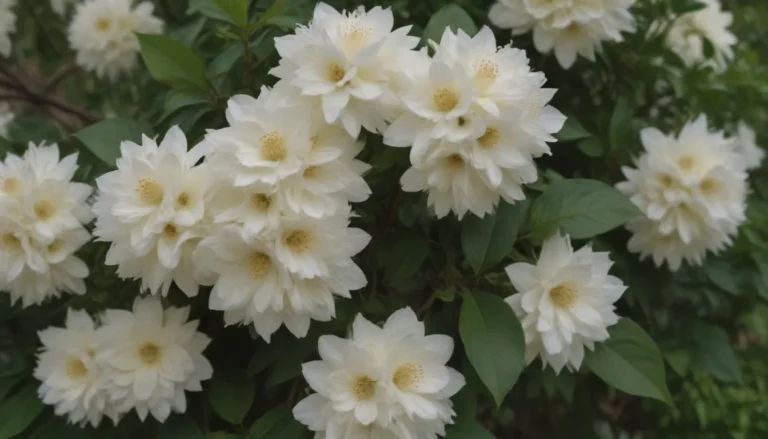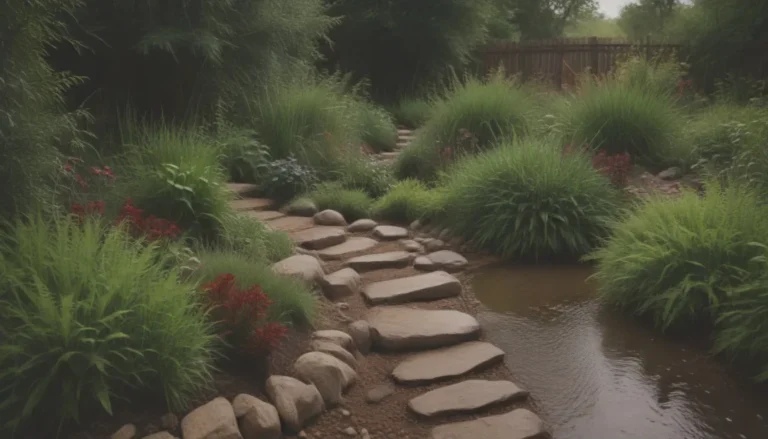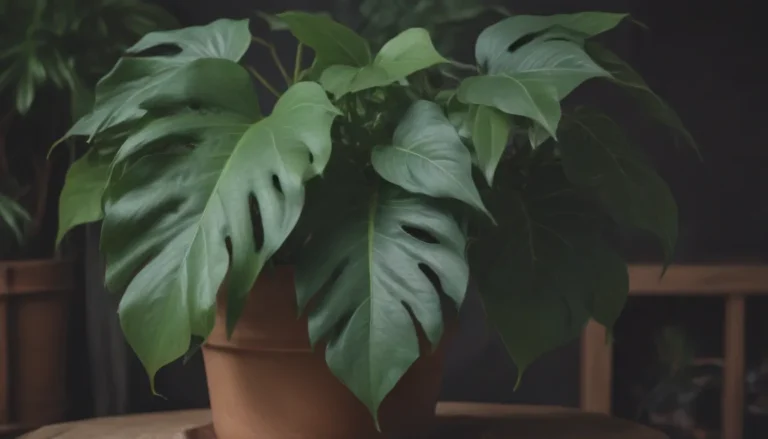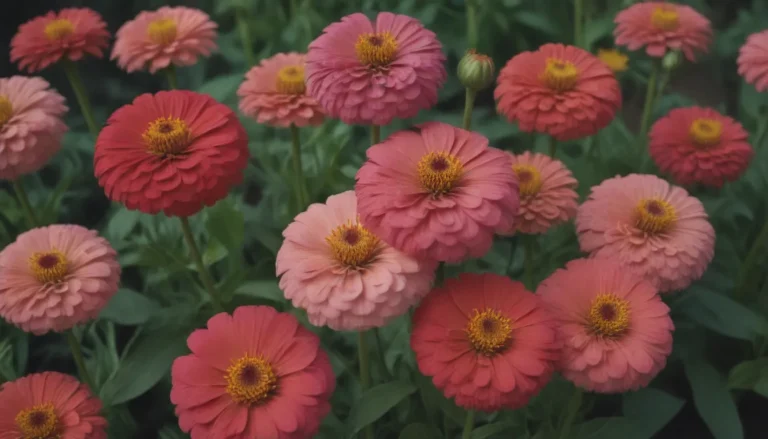A Comprehensive Guide to Growing and Caring for Cardamom
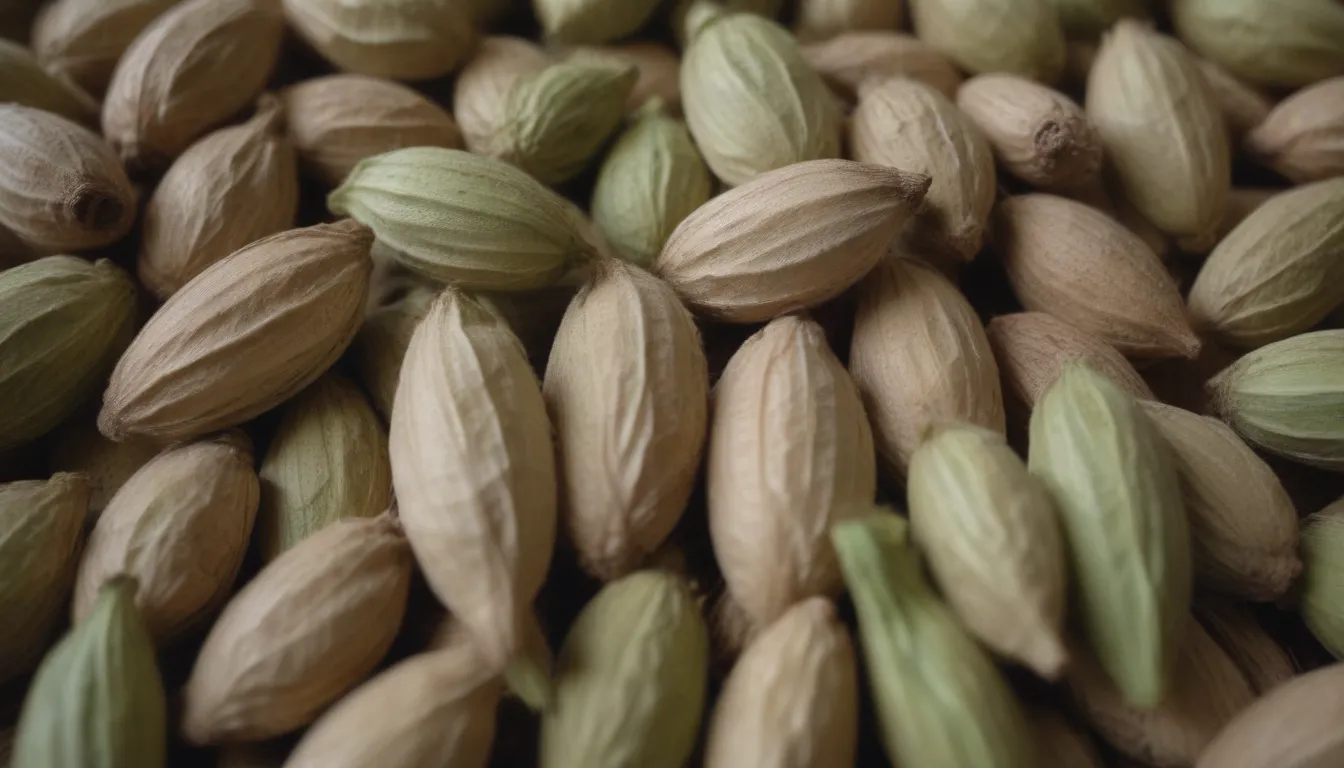
Cardamom, a member of the ginger family, is a versatile herbaceous perennial known for its distinctive seeds that add a pungent and aromatic flavor to dishes. In this in-depth guide, we will explore everything you need to know about growing and caring for cardamom plants in your own garden or indoor space.
Introduction to Cardamom
Cardamom, scientifically known as Elettaria cardamomum, originates from tropical regions such as India, Myanmar, and Sri Lanka. It boasts cane-like stems with glossy, lance-shaped leaves and flourishes in warm, humid environments. The plant produces beautiful orchid-like flowers that eventually develop into seed pods containing the prized black to reddish-brown cardamom seeds.
Planting and Growing Cardamom
When to Plant
Cardamom thrives in tropical climates with ample rainfall and temperatures above 70 degrees Fahrenheit. In regions with cooler temperatures, it’s best to plant cardamom outdoors when the weather is warm and bring the plant indoors during colder months to prevent damage.
Selecting a Plant Site
Choose a site for your cardamom plant that receives partial shade and features well-draining, slightly acidic soil. Whether in an edible garden or a rain garden, ensure the location offers the right conditions for this herbaceous perennial to flourish.
Spacing, Depth, and Support
When planting cardamom outdoors, space the seeds about 1/2 to 1 inch apart and plant them 1/8 inch deep in partially shady areas. If growing in a container, provide adequate space for the plant to thrive and support young plants as needed, especially during heavy rains.
Caring for Your Cardamom Plant
Light
Cardamom prefers partial to full shade and should be shielded from direct sunlight. Mimicking its natural rainforest habitat, consider planting cardamom under tall trees to provide the ideal lighting conditions.
Soil
Ensure your cardamom plant is potted in fertile, loam-based compost with added organic matter like leaf mold or bark for optimal growth. Maintain a slightly acidic soil pH to support healthy plant development.
Water
Keep your cardamom plant well-hydrated with regular watering using rainwater. Avoid overwatering to prevent root rot and ensure stable moisture levels year-round to promote growth and flowering.
Temperature and Humidity
Maintain tropical conditions for your cardamom plant, with temperatures above 72 degrees Fahrenheit for optimal growth. Provide additional humidity if necessary, especially in indoor settings, to create a conducive environment for flowering and fruit production.
Fertilizer
Feed your cardamom plant with a high-phosphorus organic fertilizer during the growing season, applying it after rainfall to support healthy development. Supplement with compost annually to enrich the soil and promote robust growth.
Types of Cardamom and Their Uses
Cardamom is divided into two main genus lines: Elettaria and Amomum. While Elettaria is commonly cultivated, Amomum and Lanxangia are also notable varieties. Green cardamom is known for its sweet, eucalyptus-like flavor, while black cardamom offers a smokier taste ideal for savory dishes like stews and curries.
Harvesting and Utilizing Cardamom
The best way to harvest cardamom seeds is by hand-picking ripe seed pods when they start to split. Harvesting should be done with care to preserve the seeds’ quality and flavor. Cardamom seeds hold significant culinary value and are used in various cuisines worldwide, ranging from Middle Eastern beverages to Scandinavian baked goods.
Growing Cardamom in Containers
Cardamom thrives in pots, making it a versatile plant for indoor cultivation. Start seeds in moist soil, ensuring adequate spacing for each plant to grow. Repot as needed to accommodate the plant’s growth and consider environmental factors like humidity and lighting when growing cardamom indoors.
Common Care Practices for Cardamom Plants
Pruning
While cardamom doesn’t require extensive pruning, removing dead or damaged leaves can promote overall plant health. Trimming flower stems and managing the plant’s size through selective pruning can also enhance its appearance and productivity.
Propagating
Propagate cardamom plants through rhizome division or by sowing seeds, ensuring proper care during the process. Consider dividing the rhizome every few years to prevent overcrowding and maintain plant vitality.
Overwintering
When temperatures drop, bring your cardamom plant indoors to protect it from cold weather and ensure continued growth. Maintain adequate humidity levels and provide filtered light to support the plant’s well-being during the winter months.
Pests and Diseases
While generally resistant to pests and diseases, cardamom plants may face challenges like thrips or cardamom mosaic virus. Implement preventive measures such as insecticidal soap or neem oil to combat pests and protect the plant’s health.
In conclusion, cultivating and caring for cardamom plants can be a rewarding experience for both novice and experienced gardeners. With the right conditions and proper maintenance, you can enjoy the beauty and flavor of this versatile herb in your own garden or indoor space. Explore the world of cardamom cultivation and elevate your culinary endeavors with this aromatic spice.
Remember, patience and attention to detail are key when growing cardamom. By following these guidelines and tips, you can create a thriving environment for your cardamom plant to flourish and provide you with a bountiful harvest of aromatic seeds. Enjoy the journey of cultivating this exotic herb and discovering the many culinary delights it has to offer.
Cardamom: A Spice Worth Cultivating for its Flavor and Fragrance

